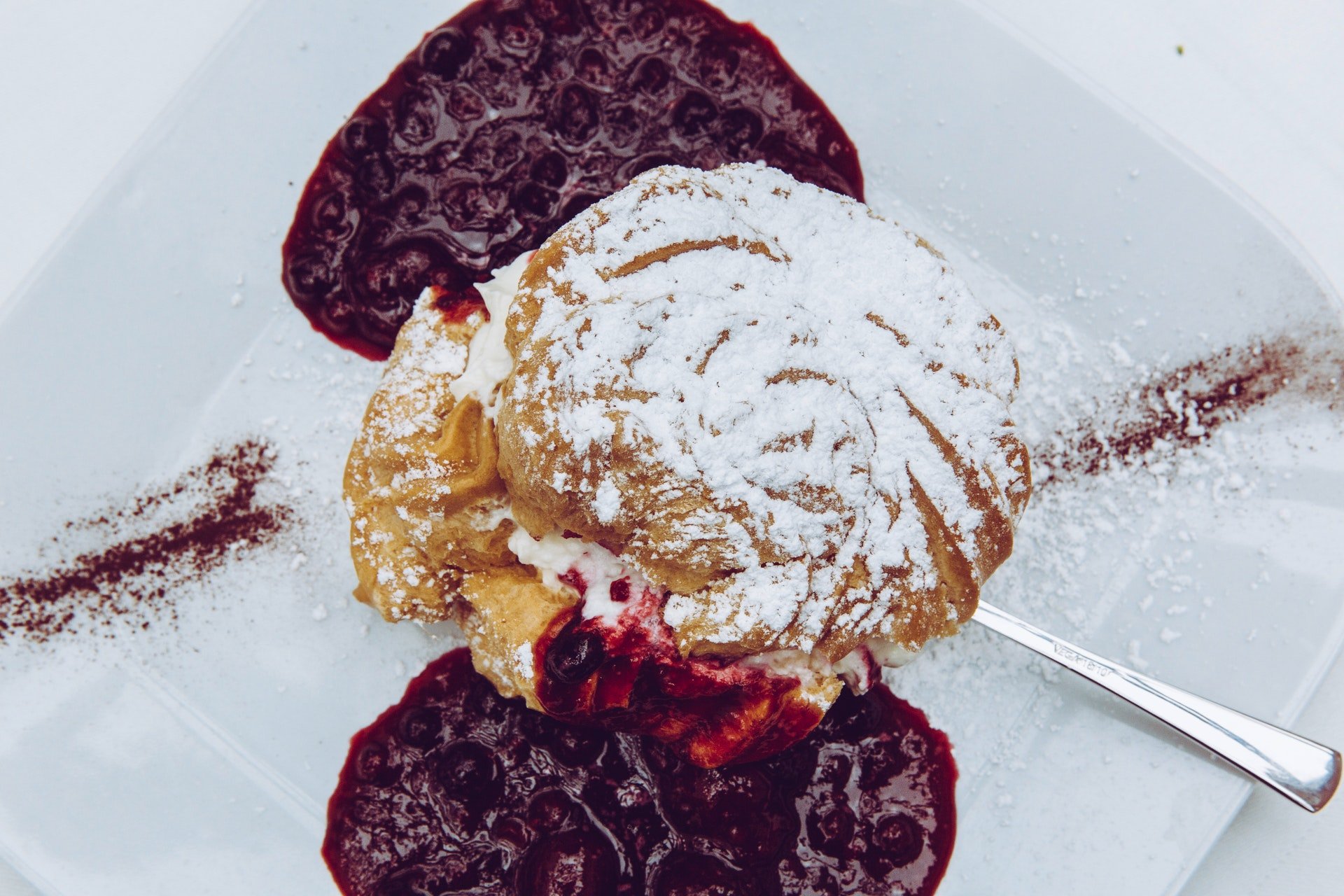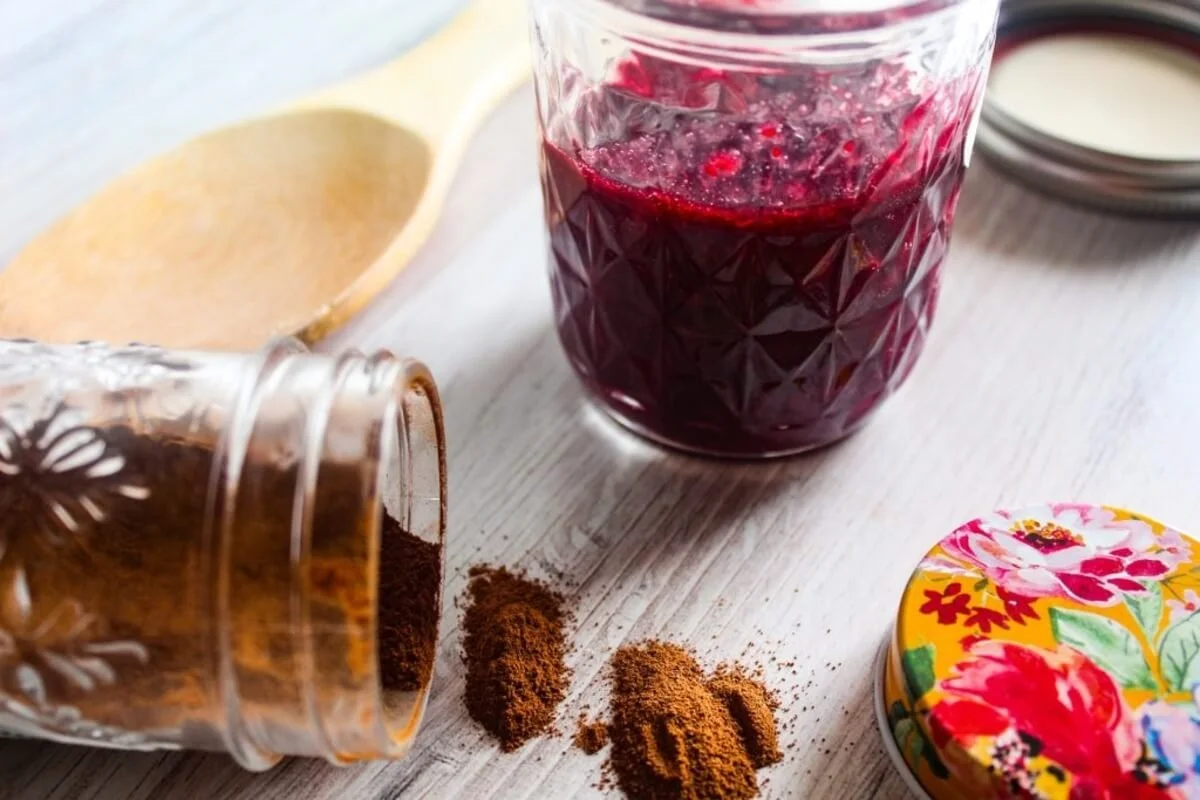When Life Gives You Grapes – Make Jam!
Discover > Texas Mom Blog > When Life Gives You Grapes – Make Jam!
Seasonal fruits are a true gift of nature. They are so precious, making an appearance only in those few months when they are so plentiful, fresh, sweet, and easy on pockets. My mother always taught us to respect and eat what was seasonal. As a result, we almost always bought too many peaches & grapes in the summers and oranges in the winters.
So, what did we do when we were tired of biting clean peach pits? Made jam, of course, but are mustang grapes edible?
Wild Mustang Grapes
With few ingredients, one can maximize on the bounty of seasonal fruits during towards the end of harvest time. You can make jam or preserves with almost any fresh fruit and sometimes even veggies!
After having tried my hand at the much popular berry jams, I moved on to grape jam. Wild mustang grapes to be precise. Here in Texas, mustang grape vines are a common sight in much of the Brazos Valley area. It is a grape species native to Mississippi, Oklahoma, Texas, Louisiana & Alabama.
Health Benefits of Grapes
While the skin of the wild mustang grape is quite thick and the taste, well is a bit too strong for my taste, the grape in itself is quite nutritious. Grapes are packed with vitamin C & vitamin K, which are vital for good blood health and connective tissue health. Grapes are also rich in antioxidants that help reduce oxidative stress in ours cells. In fact, the highest concentration of antioxidants is found in grape seeds (how long do seeds last?) and grape skin.
Resveratrol, an antioxidant found in grape seeds, is known to protect against heart disease and prevention against cancer development.
Another reason to have a generous serving of grape jam is the presence of antioxidants-lutein and zeaxanthin. Studies show lutein and zeaxanthin protect eyes from damage due to blue light. Yes, this is the same blue light that is emitted from phone screens and laptop screens.
Now that we have all these reasons to enjoy grapes, no need to shy away from tart, inedible wild mustang grapes that you pick so many of during the summers.
The flavor of the grapes really shines through in the jam, without tasting too acidic. So, how to make mustang grape jelly?
To Peel or Not to Peel?
A great grape jam has bits of skin in it. But no grape seeds. The only way this is possible is- to peel the grapes and keep the skins aside. Once the grapes are boiled down, you can strain the pulp and seeds away and add the peels back to the reducing mixture. Or, slice each grape into half and deseed them so you can skip the peeling process altogether.
Either way, it is a bit of a task. Thank goodness, I got 2 pairs of helper hands who found it so satisfying to peel grape skin. We stored the skins aside and added the grapes along with the seeds into the saucepan.
So, what do you need to consider with the mustang grape jelly recipe? Now the secret to making a successful jam is the perfect consistency. Not too runny and not very tough. It needs to have the right viscosity to be able to spread. The thickness in jams is brought about by introducing pectin (how long does pectin last?).
With Pectin or Without?
Pectin is the naturally occurring starch in fruits and vegetables. When added to the fruit pulp while cooking, pectin gives the fruit a semisolid texture. While many do add pectin while preparing grape jams, I am by no means a jammer. Meaning I do not have any pectin lying around. So, what do we add instead of pectin? Time. A good amount of time goes into preparing preserves without pectin. Boiling the fruit for a long time drives the moisture out of the fruit, thickening and preserving it. The end result may be slightly on the softer side, but taste just as delicious.
Like I said, I aint no jammer, so I got no fancy jam making equipment (do these exist?) So, if you are looking at a bunch of grapes and a pan, then let’s get cooking! Mustang grape recipes usually involve:
What You Will Need:
4lbs grapes
2lbs sugar
3 tablespoon lemon juice
What You Will Have to Do:
Skin the grapes by squeezing the grape flesh out of it and store aside.
In a large enough saucepan, add grapes, sugar and lemon juice on low heat.
As the sugar starts to dissolve, and the mixture heats up, break up the grapes using a wooden spoon or potato masher.
Once the sugar is fully dissolved and the mixture comes to a rolling boil turn off the heat and allow it to cool.
When the mixture is moderately cooled, pass it through a sieve, straining the seeds.
Use your hands if possible or the back of a wooden ladle to squeeze out as much juice in the pulp.
In a separate bowl, empty the contents of the strainer an add about half a cup of water and restrain this mixture to make sure you have extracted as much juice as possible.
Get this mixture back on the heat and add the grape skins and bring to a boil.
Allow this to cook for about 20-25 minutes on medium low.
The jam starts to bubble and takes a glossy look. Test the consistency by dipping spoon into the jam. The jam should make a pathway when you run a finger through it. If it doesn’t, cook for a further couple minutes and retest.
Once done, pour grape jam into sterilized canning jars that have been heated in a water bath. Heating the jars prevents breakage when filled with hot substances.
Allow filled jars to cool on the counter, seal and refrigerate for up to 48 hours before serving.
Refrigerated grape jam can last several weeks in the fridge but can be frozen for up to five months. use the jam generously anywhere you like ?, with cream cheese (how long does cream cheese last?) on toast, peanut butter (how long does peanut butter last?) and Jelly sandwiches or even on fresh biscuit. This grape jam without pectin is also ideal for baking purposes.
Explore the numerous health advantages and diverse recipes featuring plums. Also, locate the seasonal availability of plums at Farmers Markets in Texas.





